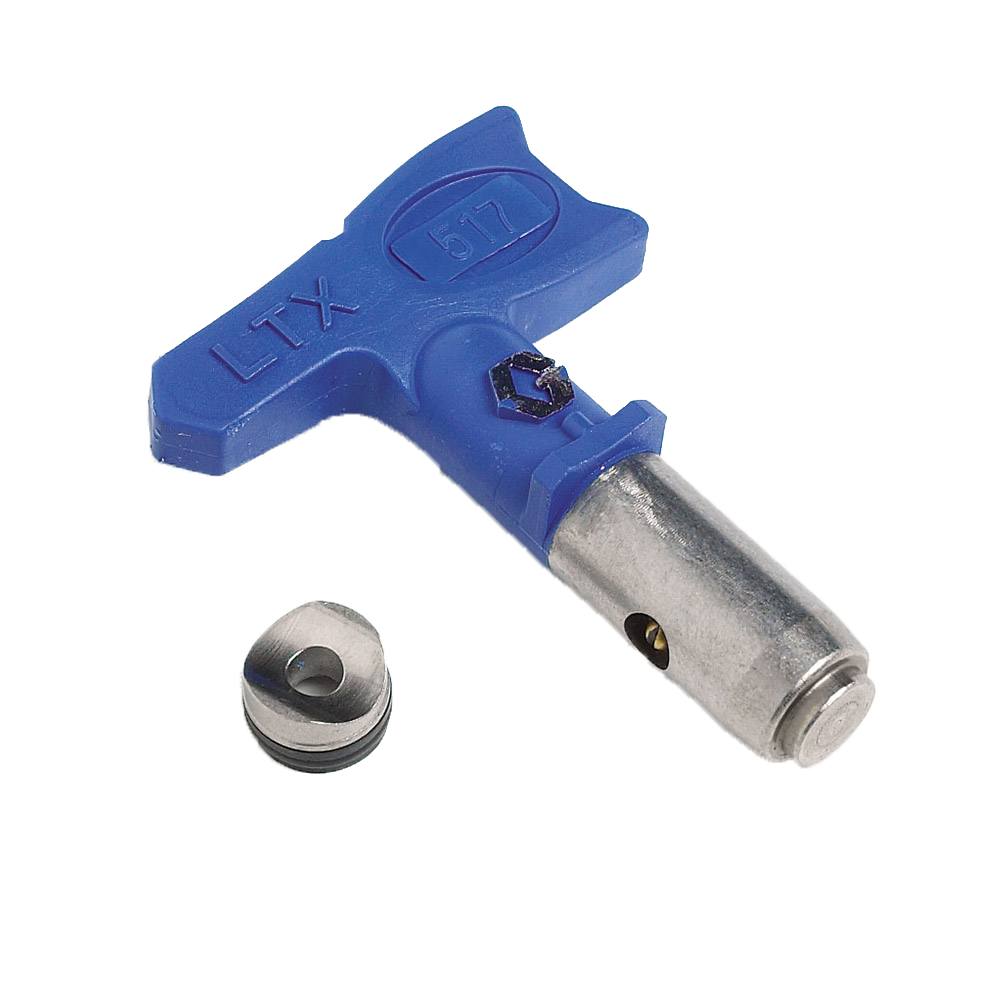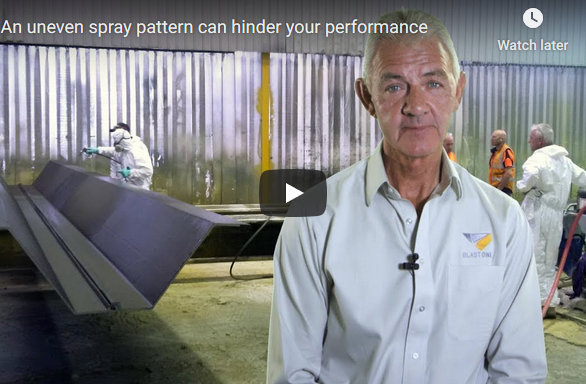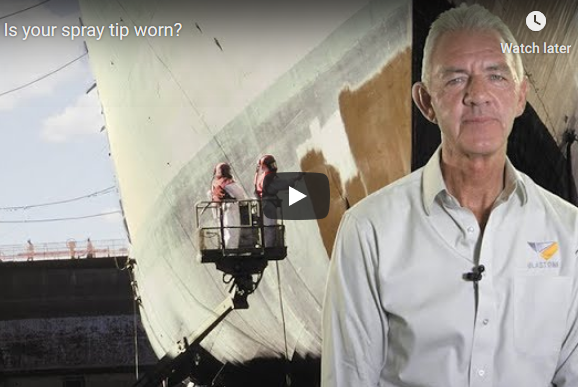How Using The Correct Abrasive Grade Improves Nearly Everything
There are typically two problems when blasters use the incorrect grade of abrasive. The first is they create a profile greater than necessary and therefore use more paint than expected to cover/fill the profile. The second problem is it becomes more difficult to remove the corrosion and/or coating and the blasting job slows down.
To combat both problems, use the FINEST abrasive particle size which is still capable of achieving the required profile.
How finer abrasive particle size reduces paint consumption:
- A fine abrasive will produce a uniform and consistent profile. As long as this profile meets spec and is not under the minimum, it will require minimal paint to cover the profile.
How finer abrasive particle size speeds up blasting:
- The finer the abrasive, the more grains of abrasive that hit your surface. The more hits you get, the faster the surface is cleaned.
- Finer abrasive, due to the minimal size of the particles, is better able to scour rust & corrosion cells out of deep pits. In contrast, blasting with larger, coarse abrasive makes it difficult to access all the pockets of the rust pit.
How using finer abrasives saves overall abrasive consumption:
- When using fine abrasive, you can cut back your metering valve (that’s your Grit Valve or your Abrasive Valve) and use less abrasive to reduce overall abrasive consumption.
How using finer abrasive produces less clean-up:
By speeding up blasting you’ll complete the job faster. By lowering consumption, less abrasive enters the environment. The combination of the two – results in less clean-up.
Faster blasting, less abrasive, less clean-up, less paint, less man-hours equals greater profits.
How to determine the right abrasive particle size:
When removing a coating the rule of thumb recommends using the same abrasive grain size as the coating is thick. If removing a 500 microns (20 mils) thick coating, use an abrasive grain that’s about 0.5 millimetre (20 thou). A coating that’s 1,000 microns (40 mils) thick, use an abrasive that’s 1.0 millimetre (40 thou).
What about blends?
There are special abrasives specifically engineered to remove the coating while establishing a consistent spec profile in the fastest time possible. They use a proprietary blend of both coarse sizing alongside fine particles to remove the coating faster and better.
Ask a BlastOne representative which abrasive would be best for your application.
 My Account
My Account





